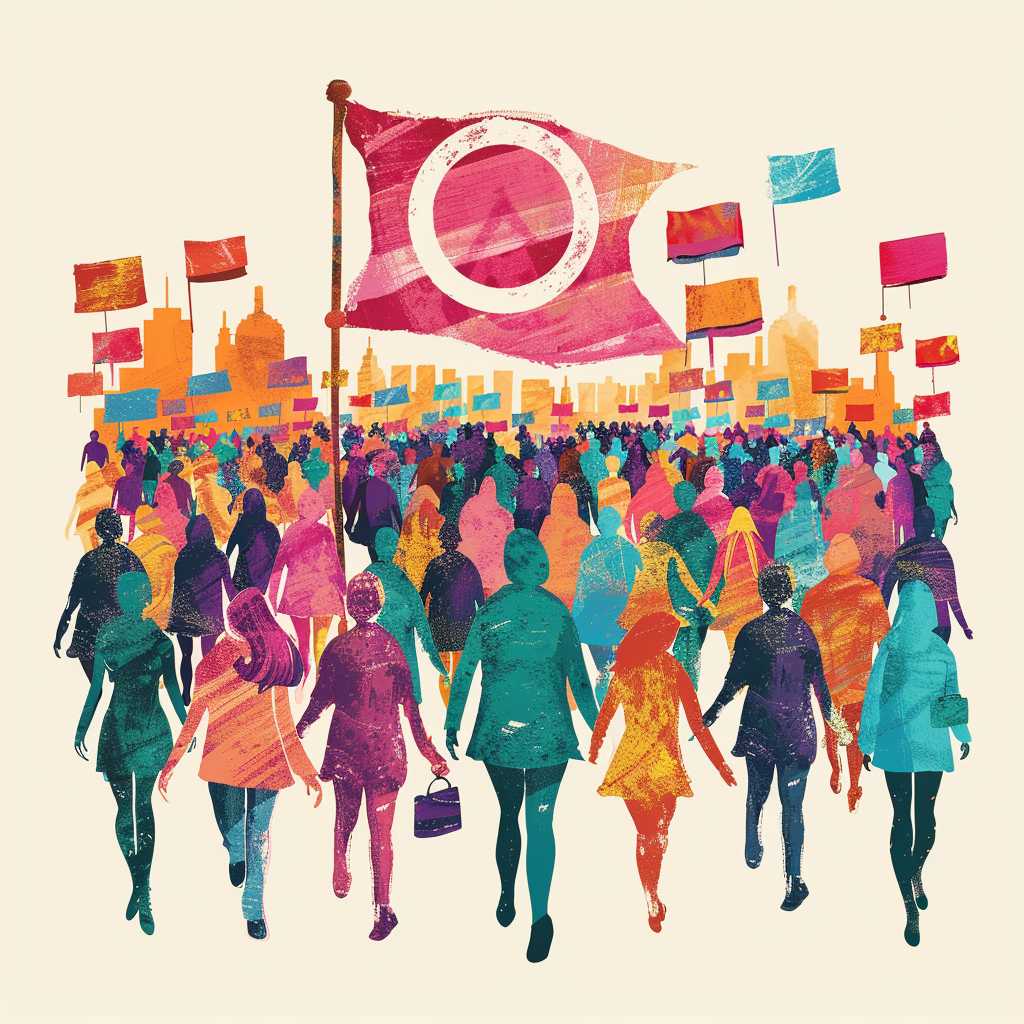Understanding International Women’s Day: A Comprehensive Overview
March 8 marks International Women’s Day (IWD), a global day chiefly recognized for celebrating the social, economic, cultural, and political achievements of women. It also serves as a call to action to accelerate gender parity and raise awareness about women’s equality. This day has been observed for well over a century, with the first gathering held in 1911.
Historical Context of International Women’s Day
IWD has its origins in the labor movements that arose at the turn of the twentieth century in North America and Europe. The first National Woman’s Day was observed across the United States on February 28, 1909. This event, organized by the Socialist Party of America, was born out of women’s struggles for better working conditions and suffrage.
The idea to make the day international came from a woman named Clara Zetkin, who proposed that every year in every country, there should be a celebration on the same day – a Women’s Day – to press for their demands. Subsequently, International Women’s Day was marked for the first time in 1911 in Austria, Denmark, Germany, and Switzerland on March 19. After women gained suffrage in Soviet Russia in 1917, March 8 became a national holiday there. The date has been retained as International Women’s Day ever since.
Modern Celebrations and Significance
Today, IWD is celebrated in many countries around the world. It is a day when women are recognized for their achievements without regard to divisions, whether national, ethnic, linguistic, cultural, economic or political. It is an occasion for looking back on past struggles and accomplishments but also looking ahead to the untapped potential and opportunities that await future generations of women.
Each year, IWD carries a specific theme that focuses on areas of concern such as women’s leadership, education, empowerment, healthcare disparities, and gender-based violence. The United Nations began celebrating the day in 1975 by adopting a resolution co-sponsored by more than thirty countries inviting all states to proclaim March 8 as the UN Day for women’s rights and world peace.
Global Movements and Campaigns
Modern IWD includes global gatherings, conferences, awards ceremonies, exhibitions, festivals, fun runs, corporate events, concert performances, speaking events and many more activities that celebrate women’s advancement while diligently reminding us that vigilance and action are needed to ensure that women’s equality is gained and maintained in all aspects of life.
Some organisations develop long-term campaigns that span beyond just one day. They leverage this global moment to start a sustainable movement for women’s rights advocacy. There are always ample opportunities for individuals and institutions to get involved through broad themes or localized events aimed at raising gender awareness.
Obstacles and Challenges
While great strides have been made regarding women’s rights since the early 20th century when IWD originated, women still face numerous challenges across the globe. These include gender pay gap issues, glass ceiling phenomena limiting professional advancement opportunities for women, political underrepresentation in many regions, access to education in developing contexts, and an array of social and legal challenges imposed on gender expression and identity.
IWD is an annual reminder of these ongoing battles. It is also an impetus to encourage legislators, organizations, communities, families and individuals to take steps both large and small towards true equality for all genders.
Inspirational Figures and Milestones
International Women’s Day continually honors pioneering women who have broken barriers and paved the way forward. Examples pertinent to various professional domains abound—from scientists like Marie Curie to prime ministers like New Zealand’s Jacinda Ardern, from activists like Malala Yousafzai to business leaders like Indra Nooyi.
Over time these figures become symbols not only of what has been achieved but also of what more can be done: they reveal underlying structures that require attention if progress is to continue unabated.
